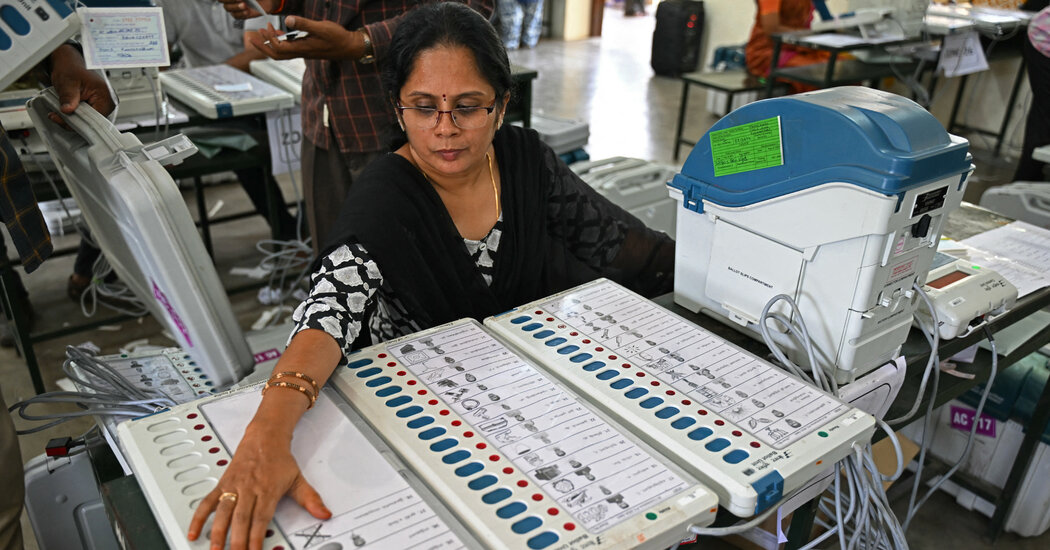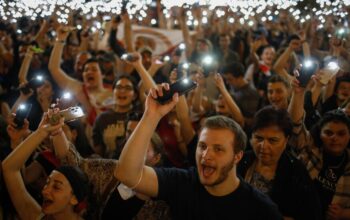
When Indians start heading to the polls on Friday, it will be just the beginning of a colossal democratic process. Not until June 4, after six weeks of voting, will India know whether its powerful prime minister, Narendra Modi, will remain in office for a third term.
Why does it all take so long? The short answer: India is the world’s most populous nation, with 969 million eligible voters. That’s more than one-tenth of the world’s population, or about four times the number of eligible voters in the next largest democracy, the United States.
The longer answer involves India’s geography, election rules, security apparatus, holidays and electronic voting machines — a complicated choreography for a big, complicated nation.
Mind-Bogglingly Large
India’s first national elections, from 1951 to 1952, lasted over 120 days. In 1977, they took five days. But, generally, they have taken weeks or months, even without primary elections, because of their sheer scale.
The country has a land area of more than a million square miles, with people in megacities, scattered throughout the Himalayas, in the Thar Desert, inside forests and along the Ganges.
India’s laws also state that voters can’t be required to travel more than 2 kilometers, or 1.2 miles, from their home to get to a polling station. To make that possible, 12 million election workers will traverse the country to set up polling stations this year, sometimes by foot, bicycle, helicopter or boat — or even by horse, camel or elephant.


